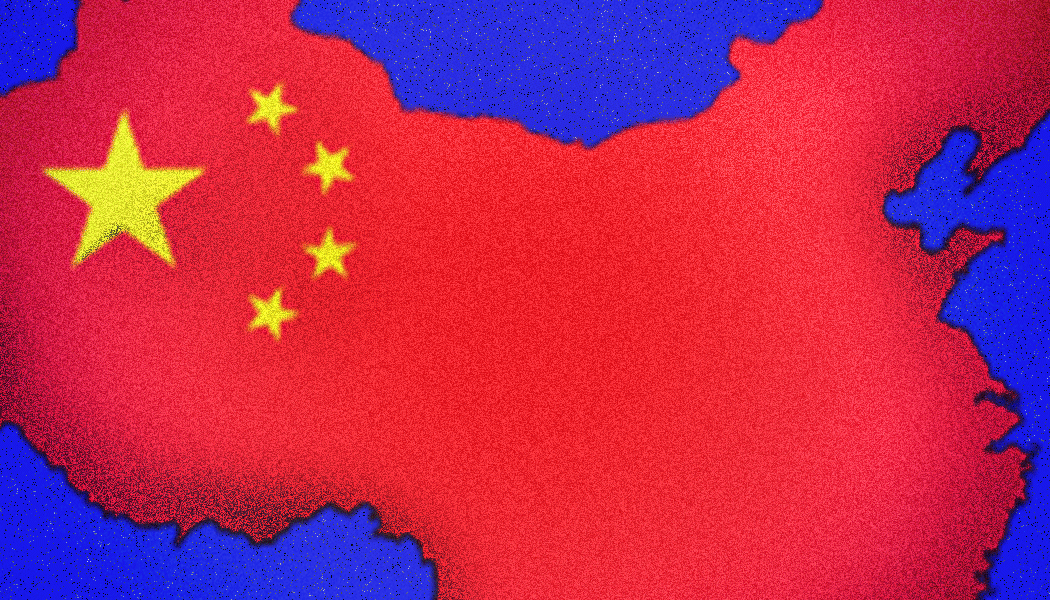China’s population is shrinking. While the massive country is still home to 1.4 billion people — nearly one out of every five people on Earth — China’s National Bureau of Statistics announced that its population shrank in 2022, falling by roughly 850,000 people.
This shocking statistic is only the start of China’s population decline. This year India is set to surpass China’s population, and in a few years it will surpass China’s working-age population — people 20 to 69. The United Nations has estimated that if China’s birth rate remains at its super-low level and the country fails to position itself as an attractive destination for migrants, the country will lose nearly half of its population by the end of this century, a contraction of roughly 700 million people.
Strong growth in its working-age population over the past several decades allowed China to become the world’s factory — over 70% of solar panels, 60% of farm machines, and 25% of robots are constructed with components from Chinese suppliers. Because of its manufacturing prowess and importance to supply chains, China’s shrinking working-age population has enormous, direct effects on the global economy. It’s also an omen for the US and Europe: If they don’t turn around their shrinking birth rates, they face the same economic fate as China.
Fewer children, fewer workers
For decades China’s fertility rate — the number of live births per woman — has declined, helping slow the country’s population growth. In 2022, it hit the lowest level on record, 1.1 children per woman. In the main population centers of Beijing and Shanghai the fertility rate cratered to 0.7 children per woman. China’s one-child policy, which restricted couples to only one child, is not solely to blame (though it played a small role). When the one-child policy was implemented nationwide in 1980, the fertility rate had already fallen to 2.6 from more than 6 children per woman in 1970. In 1991, it fell below 2.1 children per woman, the level needed to keep the population stable over time. At that moment a demographic timer was set, and now the alarm is ringing.
The specter of population decline has for years worried the Chinese government, leading the country to relax its restrictive one-child policy in 2016. The Chinese government began encouraging its citizens to have up to three children by enticing them with cash incentives, discounted real estate, and extended maternity leave. But it appears those efforts have been largely unsuccessful.
Unlike many developed economies in the West, China and other major economic powers in Asia aren’t using immigration to offset declining fertility. Instead, they’re closing themselves off. The proportion of migrants as a percentage of the total population in Japan in 2020 was only 2%. In India it was 0.3%, and in China it was as low as 0.1%. It is practically impossible for foreigners to obtain Chinese citizenship. In contrast, 17% of people living in Germany in 2021 were born abroad, and a third of them had obtained German citizenship.
Fewer children and fewer immigrants means fewer workers in the long term. The UN forecasts suggest the workforce in China will shrink more in the coming years than it will in almost any other country, and the precipitous population drop will set the stage for a reversal of its decades of strong economic growth, meaning living standards can’t improve as quickly. This is a gigantic challenge for the Chinese economy — and for Xi Jinping’s ambitious plans to make China the world’s largest economy and dominant superpower.
The shrinking workforce has already caused the government to shift its economic focus. After decades of export-led, labor-intensive manufacturing growth, the government’s 14th five-year plan — the latest set of growth targets and economic reforms set by the Chinese Communist Party, in 2021 — focused on orientating the economy toward its domestic market and investing in higher-value-add products. Instead of being an intermediate step in the global supply chain — importing raw goods and parts, using cheap labor to manufacture finished products, and then shipping that merchandise abroad — Beijing wants its own workers to produce those final goods and sell them to shoppers in its own country.
This shift is imperative because so much of the Chinese economy is dependent on an ever growing population. Take the demand for real estate: In the past two decades, Chinese people have invested 70% of their wealth in real estate. In the US, that share is only 35%. The construction and real-estate sector accounts for roughly a quarter of China’s total economic output. China builds like no other country: It has built entire cities from scratch, and it consumes half of the concrete produced worldwide. And China is apparently planning further growth: In 2017, 65 million empty apartments — enough to house the population of France or California — were waiting for young families.
But how long will demand for real estate last? Who will move into the empty apartments when the population shrinks? What will happen to this massive industry when the number of Chinese consumers declines and there are fewer people to continue investing? And what will happen to the elderly Chinese people who have tied up so much of their wealth in their homes?
A shrinking workforce wouldn’t just hurt China’s economy — it would have spillover effects for the US and Europe. China’s manufacturing sector, for example, would likely struggle to maintain its recent growth streak. So in the coming decades, China’s economy would not lift global growth rates as it has in the past. Productivity growth in the country could also stagnate. Economists have long tracked the correlation between population density and innovation — a larger population means a larger pool of potential entrepreneurs — so a shrinking population means China’s ability to disrupt markets could decline as well. Taken together, China’s slowing economy would have severe knock-on effects for the rest of the world.
The trouble with closed borders
China’s population decline also serves as an omen for countries that have birth rates at or below the replacement level, such as the US and many places in Europe. Europe is facing the same demographic turning point as China — the continent’s population is projected to decline by 21%, or 157 million people, by the end of the century. Nigeria is set to overtake Europe as the third-largest labor force later this century.
Among today’s largest economies, only the US has a projection of positive population growth, though at very low levels. But the projected growth is due not to increasing fertility but to immigration. Pew Research Center has estimated that in the second half of the century, one-third of the US population — more than 100 million people — will be migrants and their US-born children.
And immigrants to the US punch above their economic weight. More than 40% of the 500 largest US companies were founded by immigrants or their children, from tech giants like Google to the wholesale chain Costco to the jeans brand Levi’s. The influence of immigrants on American prosperity is not relegated to the startup scene; the story of the rags-to-riches millionaire — or at least of middle-class success — is repeated frequently. This is impressively demonstrated by a recent study that followed millions of parents and their children and found that the children of immigrants of almost every nationality achieved social advancement at least as often as their peers from nonimmigrant families. For immigrants at least, the American dream is alive and well.
That said, immigration is notoriously hard to forecast and is increasingly politicized. But without an injection of immigrants, the working-age population in the US is likely to decline, harming the country’s economy. But if American policymakers can keep the door open to new residents, the US will be one of the few industrialized nations that won’t have to contend with a shrinking population, which could prove a decisive factor in its race against China for dominance in the global economy.
The Great People Shortage is not an abstract threat — it has very real consequences. Already, many companies are facing major challenges in filling their open positions, especially in crucial industries like healthcare and education. And in the coming years, both in China and in the West, many more sectors and fields will struggle to find workers. The lack of train drivers, teachers, engineers, doctors, firefighters, nurses, and programmers will have more far-reaching consequences down the road. With fewer employees, companies will produce or perform less, resulting in fewer sales, less economic growth, and ultimately less prosperity for everyone. And in China, the problem exists on a far more dramatic scale. Unless nations manage to turn things around, the problem will only accelerate, and it could spell disaster for the economy.
Sebastian Dettmers is the CEO of StepStone, which is owned by Axel Springer, the parent company of Insider. He is also the author of a new book on the future of the world’s population.
Chris Forman is the founder and CEO of Appcast, which was acquired by StepStone in 2019. He is a recognized expert in recruiting and talent management.
Andrew Flowers is the lead labor economist at Appcast. He is a recognized expert on economic policy, the US labor market and macroeconomy.








